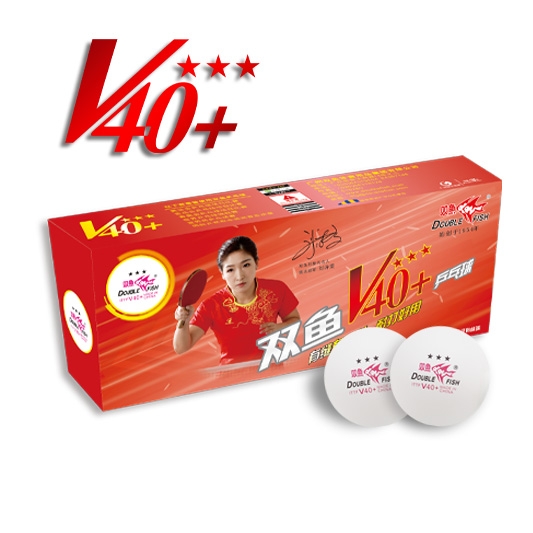The Manufacturing Process of Ping Pong Balls
Ping pong balls are essential for one of the most popular sports worldwide, and their production requires precision and careful attention to quality. The manufacturing process of a ping pong ball is both intricate and systematic, ensuring that each ball meets the high standards required for competitive play. Here’s an overview of the key steps involved in producing a ping pong ball.
Raw Material Selection
The primary material for making 3-star table tennis balls is celluloid or a similar plastic compound, although modern balls are increasingly made from non-flammable plastic to meet safety and environmental standards. The material is chosen for its lightweight properties, resilience, and ability to bounce effectively.
Ball Forming
The first step in the production process is the molding of the balls. The raw material is heated to a specific temperature, then poured into two half-shell molds that form the basic shape of the ping pong ball. These molds are pressed together under high pressure, ensuring that the ball takes its spherical shape. After the mold is removed, the ball is left to cool and harden, solidifying its structure.
Sealing the Ball
Once the basic ball shape is formed, the two halves of the ball are sealed together. This is typically done using heat sealing techniques, which fuse the two halves securely without leaving any visible seams. This process ensures the ball retains its integrity and will not break apart during play.
Precision Shaping and Smoothing
After the ball is sealed, it undergoes precision shaping. The ball is placed in a machine that grinds and smooths the surface to ensure it is perfectly round and free from imperfections. Any slight deformities are corrected during this stage to ensure the ball bounces uniformly and consistently.
Testing for Quality Control
At this stage, 40+ table tennis balls are rigorously tested for quality. Bounce tests are conducted to ensure that the ball has the proper bounce height and consistency, which is crucial for both recreational and professional play. The balls are also inspected for roundness and weight, as any deviation from the standard can affect gameplay.
Printing and Packaging
Once the balls have passed quality control, they are ready for printing. Logos, brand names, and other markings are printed on the surface of the ball using pad printing or silk-screening techniques. Finally, the balls are carefully packed in boxes, ready to be shipped to retailers, clubs, or customers.
The production of table tennis ball involves a series of meticulous steps to ensure high-quality, durable products. From selecting the right materials to testing for bounce performance, each stage of the process is essential for creating a ball that meets industry standards and provides a satisfying experience for players at all levels.























 Overseas business:(020)8431 9554
Overseas business:(020)8431 9554
 13829778212
13829778212